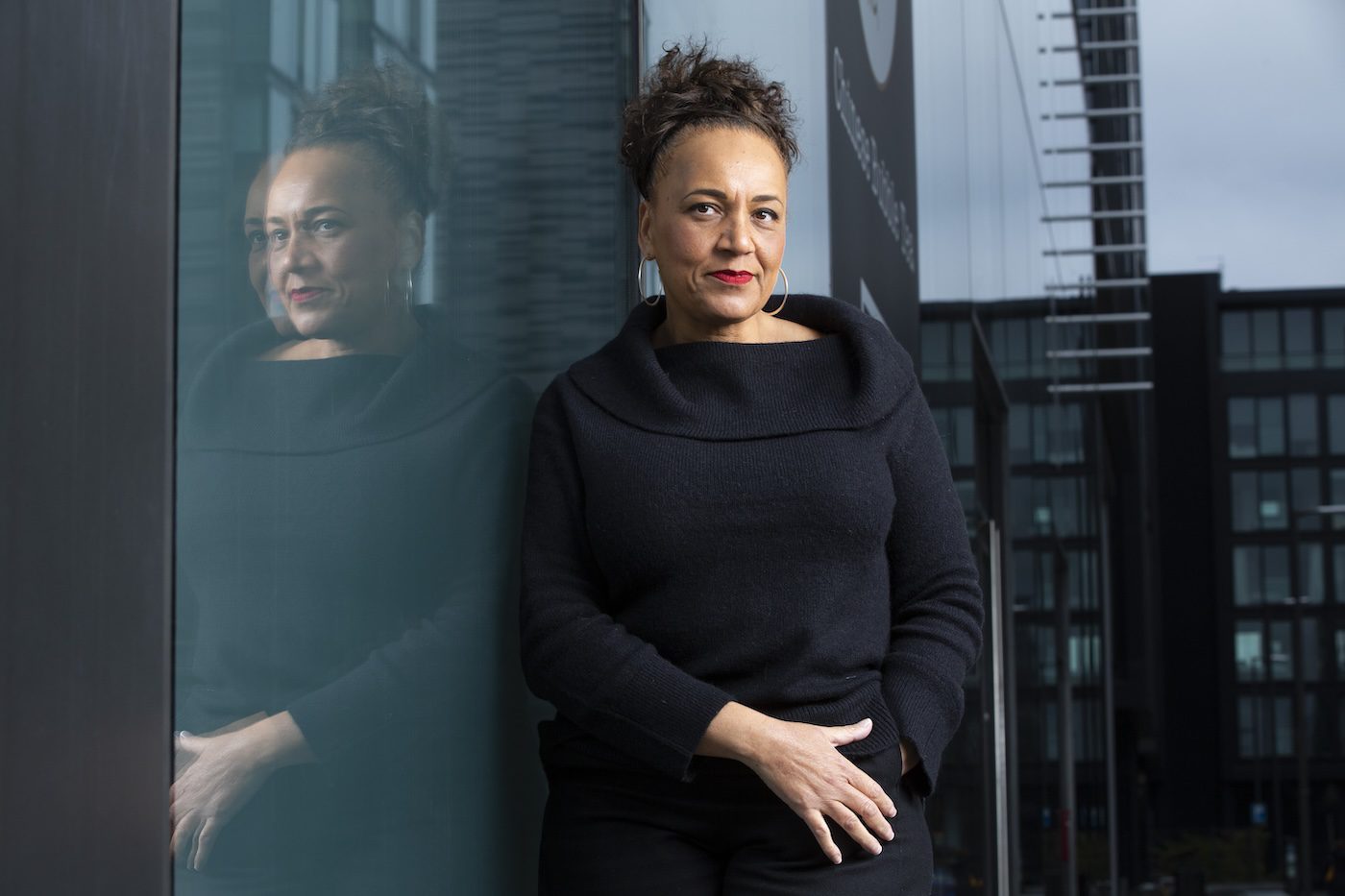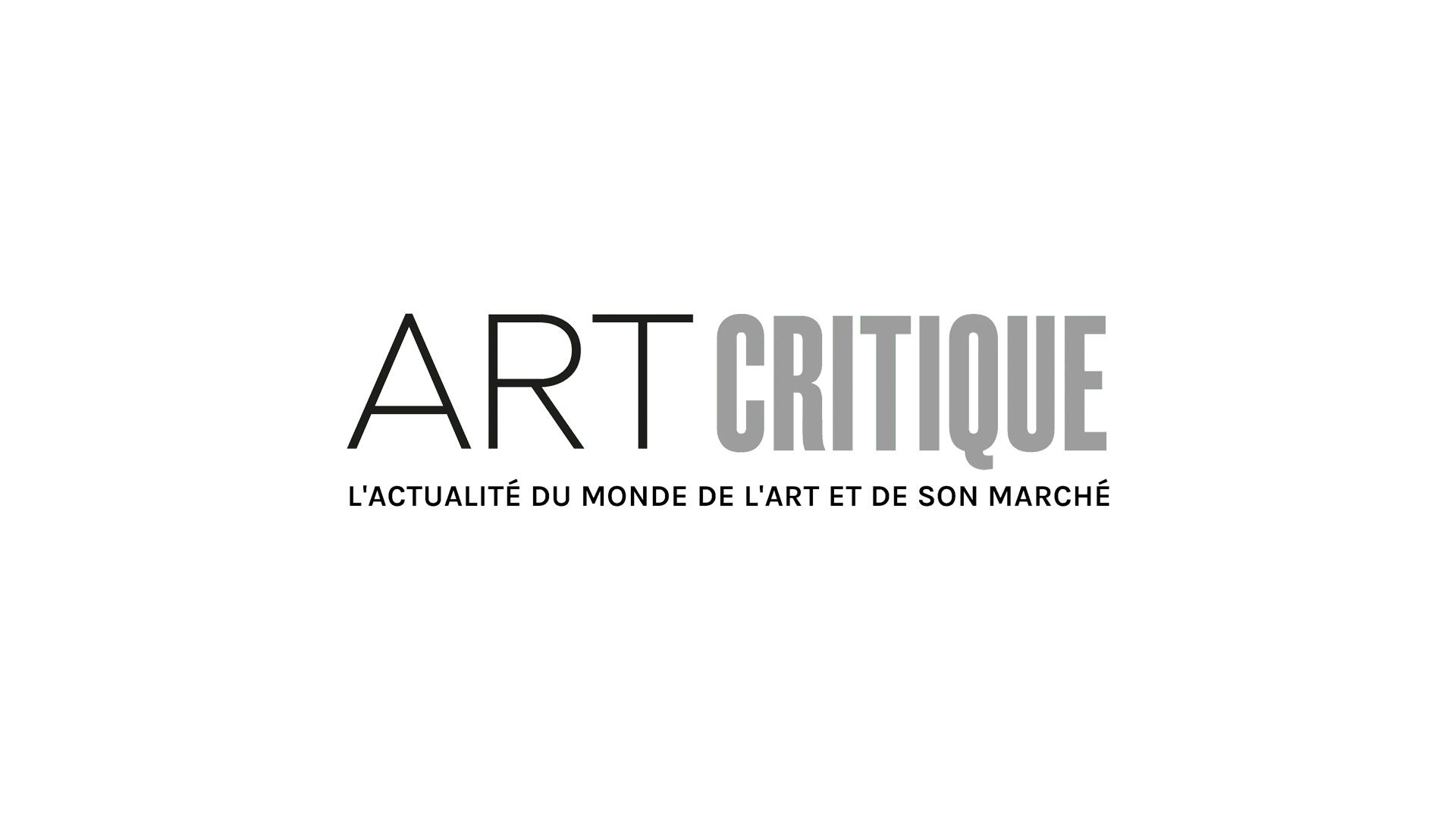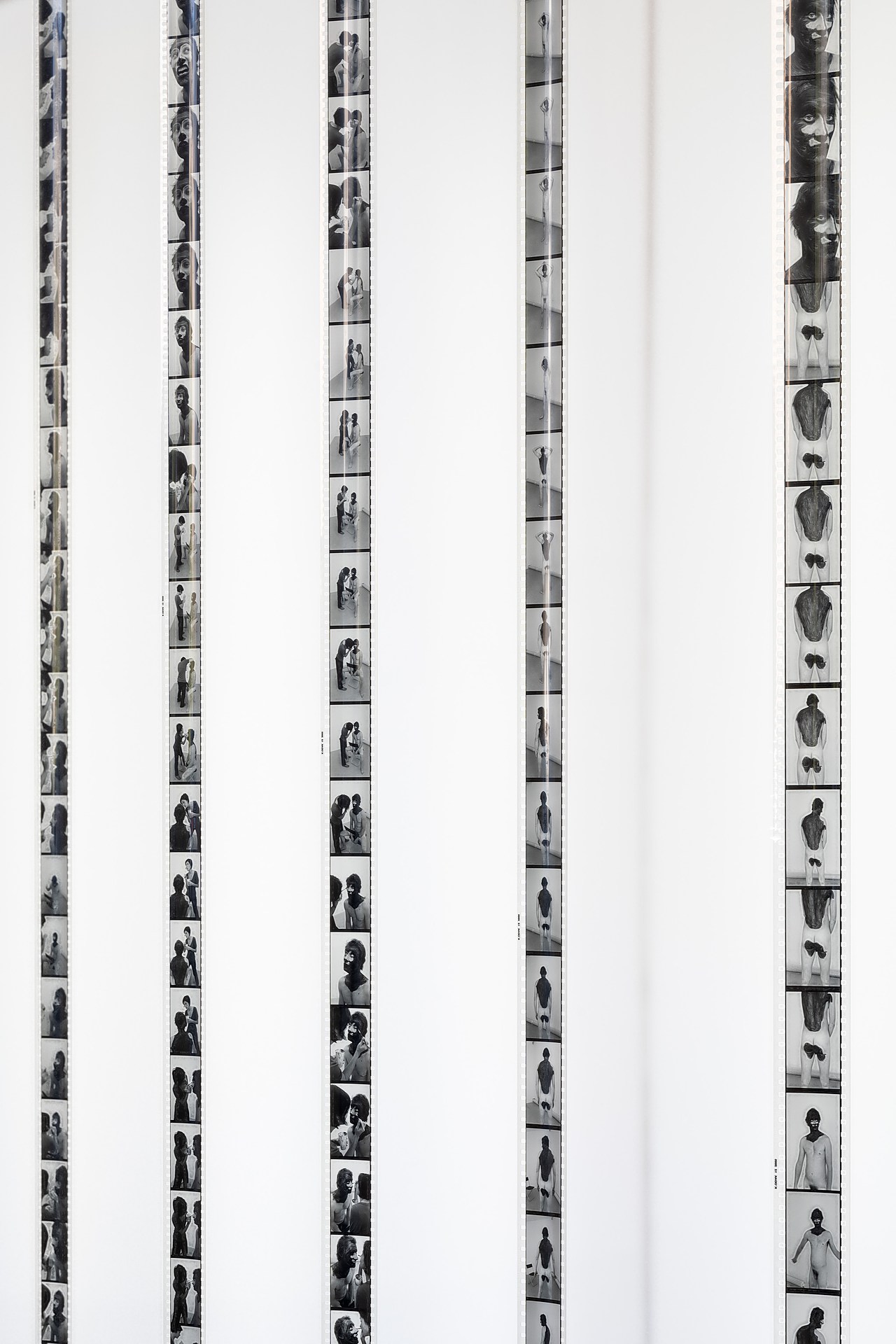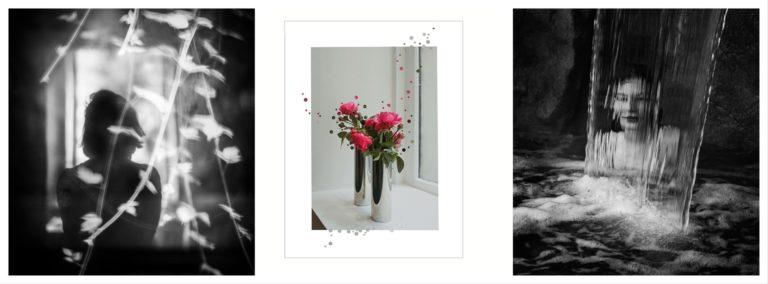Irma Vep, The Last Breath
2015 - Film & Video (Film & Video)
36:16 minutes
Michelle Handelman
Michelle Handelman’s video work Irma Vep, The Last Breath takes its inspiration from Musidora, a famous French silent film actress, and a character she played called Irma Vep, from the film Les Vampires (1915), directed by Louis Feuillade. The work uses these characters as metaphors to highlight the lives of those who live in the shadows—or feel like they do—and the anxiety they experience as marginalized figures. Musidora was a 20th-century feminist, who was known not only for acting in movies, but also for directing her own plays and films, and having secret affairs with Colette and other famous people of the time. In Handelman’s version, Feuillade’s character Irma Vep, and her real-life counterpart Musidora, is not a vampire but a member of a gang who steals jewels. They are played by Zackary Drucker, a trans woman known as an artist and television producer on the show Transparent , and Flawless Sabrina, a prominent LGBT activist, drag queen, performer, and actress. The differences of their generations, the togetherness of the characters they play in the work, and their friendship and support for each other in real life, create a complex narrative around the cultural evolution of gender. Handelman digs into the subconscious secrets of Irma Vep, as played by Drucker, by allowing viewers a peek into Irma Vep’s therapy sessions, creating a complicated narrative around the experience of living in the margins of society. As Drucker improvises her dialogue, her existence as a trans woman brings in a different perspective about living undercover and being marginalized.
Michelle Handelman’s video, installation, live performance, and photography works analyze the human sublime in terms of its excess and dullness, providing a sneak peek into a jewel thief’s therapy sessions or following the life of a famous drag queen who experiences her own narcissistic destruction due to her increasing fame. Coming of age during the AIDS crisis and Culture Wars of the 1990s, the artist exposes the complicated spaces in which queer identities exist and transform, questioning the role of gender, race, class, and sexuality. Her works narrate tales of a dark human subconsciousness, putting her spotlight on outsiders and marginalized individuals. Raising philosophical questions around human existence, her characters function to uncover human fears in relation to sexuality, death, and chaos. Her video installations produce visual and psychological sensations for the viewers, inviting them to take part in these narratives. In this way, Handelman invites the viewers to question their own existence, identity, and experiences related to survival and belonging.
Colors:
Related works sharing similar palette

© » KADIST
Mateo Lopez
2012With Roca Carbon ( Charcoal Rock , 2012) and Roca Grafito ( Graphite Rock , 2012), López plays with our relationship to inert and unremarkable objects such as rocks...

© » DAZED DIGITAL
The best East Asian films of 2023 | Dazed â¬…ï¸ Left Arrow *ï¸âƒ£ Asterisk â Star Option Sliders âœ‰ï¸ Mail Exit Film & TV Dazed Review 2023 From Ryusuke Hamaguchi’s long-awaited Evil Does Not Exist, to Hirokazu Kore-eda’s ‘absolute masterpiece’ Monster 12 December 2023 Text James Balmont The year 2023, now coming to a bitter end, was jam-packed with all kinds of zeitgeist-piercing movies...

© » KADIST
Kristof Kintera
2007Bad innovation in the name of protection is not a ready-made, but was made entirely by the artist, representing a stroller...

© » KADIST
Dana Kavelina
2020Letter to a Turtledove by Dana Kavelina is a short film based on a poem written by the artist...

© » KADIST
LaToya Ruby Frazier
2011LaToya Ruby Frazier is an artist and a militant; her photos combine intimate views of her relation with her parents and grandparents with the history of the Afro-American community of Braddock, Pennsylvania, where she grew up and where her family still live...

© » KADIST
Douglas Gordon
2004Douglas Gordon’s single-channel video The Left Hand Can’t See That The Right Hand is Blind, captures an unfolding scene between two hands in leather gloves—at first seemingly comfortable to be entwined, and later, engaged in a struggle...

© » KADIST
Oscar Tuazon
2014Oscar Tuazon‘s sculptural oeuvre is situated at the border of art, architecture and technology...

© » CONTEMPORARYAND
Lesley Lokko Receives Royal Gold Medal 2024 for Architecture | Contemporary And search for something search C& AMÉRICA LATINA EN FR MEMBERSHIP EN FR Editorial All Editorial Features Installation Views Inside the Library Interviews News Opinions Events All Events Art Fairs Conferences Exhibitions Festivals Performances Screenings Talks / Workshops C& Projects C& Artists’ Editions C& Commissions C& Center of Unfinished Business Show me your shelves! C& Education Mentoring Program Critical Writing Workshops Lectures / Seminars Membership Opportunities Print C& Audio Archive On Tour Places Explore IN CONVERSATION INSTALLATION VIEW WE GOT ISSUES DETOX LABORATORY OF SOLIDARITY CONSCIOUS CODES CURRICULUM OF CONNECTIONS LOVE ACTUALLY OVER THE RADAR BLACK CULTURES MATTER INSIDE THE LIBRARY LOOKING BACK Follow About Contact Newsletter Advertise Imprint Data protection Membership Contemporary And (C&) is funded by: Editorial All Editorial Features Installation Views Inside the Library Interviews News Opinions Events All Events Art Fairs Conferences Exhibitions Festivals Performances Screenings Talks / Workshops C& Projects C& Artists’ Editions C& Commissions C& Center of Unfinished Business Show me your shelves! C& Education Mentoring Program Critical Writing Workshops Lectures / Seminars Membership Opportunities Print C& Audio Archive On Tour Places Explore IN CONVERSATION INSTALLATION VIEW WE GOT ISSUES DETOX LABORATORY OF SOLIDARITY CONSCIOUS CODES CURRICULUM OF CONNECTIONS LOVE ACTUALLY OVER THE RADAR BLACK CULTURES MATTER INSIDE THE LIBRARY LOOKING BACK GO TO C& AMÉRICA LATINA About Contact Newsletter Advertise Imprint Data protection Membership News Lesley Lokko Receives Royal Gold Medal 2024 for Architecture One of the world’s highest honours in architecture goes to architect, educator, author and curator Lesley Lokko...

© » KADIST
Sofia Crespo
2023This short looped-video NFT Invertebrate Interactions by Sofia Crespo aims to capture generated impressions of diatoms...

© » ARTSJOURNAL
Studios Are Loosening Their Reluctance to Send Old Shows Back to Netflix - The New York Times Media | In Search of Cash, Studios Send Old Shows Back to Netflix https://www.nytimes.com/2023/12/15/business/media/netflix-licensed-shows.html Share full article 195 Advertisement SKIP ADVERTISEMENT For years, entertainment company executives happily licensed classic movies and television shows to Netflix...

© » KADIST
Hit Man Gurung
Hit Man Gurung’s series I Have to Feed Myself, My Family and My Country… addresses labor migration, a phenomenon prevalent in South Asian countries like Nepal...









